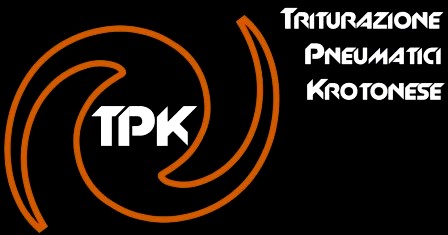
QUALIFIED TYRE RECYCLING COMPANY
Recicled rubber extracted from shredded wasted tyres, finds large scale application in civil and industrial field. The tyre, considerated a waste before shredding, be transformed in new eaw material, becaming integral part of a new product.
On end are listed the main applications of crumbed rubber
CRASH-PROOF FLOORING AND PLAYING FIELDS
Very diffused commercial applications of RMA floorings began in Arizona in the 60'. Its use had doubled since 1995 to 1999. Adding crumbed rubber to the warm bitumen improves performances, as has been verified on thousand kilometers of highways. The advantages include:
-
- decreasing of holes, reflex and cracks due to heat (fig.1);
- better ice-proofing properties;
- decreasing noise.
A smaller maintenance cost and a meaningfully longer useful life, are translated in smaller costs for cycle of life .

fig.1: cracks and holes in traditional asphalt
CRASH-PROOF FLOORING AND PLAYING FIELDS
Playgrounds and sporting surfaces are frequently covered with a crumbed rubber layer, and many stadiums have athletics footsteps realized in recycled material. Of late, always in sporting field, he is spreading the use of recycled rubber as essential part of artificial lawns.
Inside playgrounds, a flooring realized with rubber crash-proof tiles offers more protection than other solutions, as gravel and sand, and currently can be less expensive to be maintained in comparison to other surfaces.
Crash-proof floorings are moreover installed along swimming pool edges, nursery school and in all that places in which the risk of crashes is high.
The placing of crach-proof surfaces, occurs in the same way of traditional flooring, but offers high protection against craches.

fig.2: Crash-proof flooring
Recycled rubber is used to make artificial bumps, crash-proof sidewalk edges, no-parking signs, etc...

fig.3: Recycled rubber in street furniture
Greater and less expensive than crumbed rubber with regard to manufacturing process, tyre chips (shredded tyres, 10÷20 cm) are used instead of traditional construction materials as road filler, gravel, smashed rock or sand in a variety of construction projects. Tyre chips are also used as ballast filler and containing wall, draining material and sound-proof sheets under road surfaces and walls.
Shredded tyres can be considered an
improvement for traditional materials given its low density, simple
installation, and finally offers best draining properties and thermal
isolation.
Crumbed rubber, in the form of sheets, is used instead in housebuilding
as waterproofing and as thermal and acoustic insulator.

fig.4: Crumbed rubber in buildings
Combining crumbed rubber with a plastic binding is a very economic way to produce a material that can be worked as plastic (injection molding and extrusion), but with the elastic properties of rubber.
Tyres manufacturing consumes 65% of all
rubber products maked in the world, but it is not a candidate for an
extensive reuse of recycled rubber, at the actual state of technology.
Given that speed and safety requirements and other performance of tyres,
is necessary that them is produced only with natural rubber. But, mixing
a small percentage of recycled rubber with natural rubber, involves some
advantages in the manufacturing process.
In the present state producers are usual to use crumbed rubber as
filler, to produce solid tyres, car mats and insulating panels.





